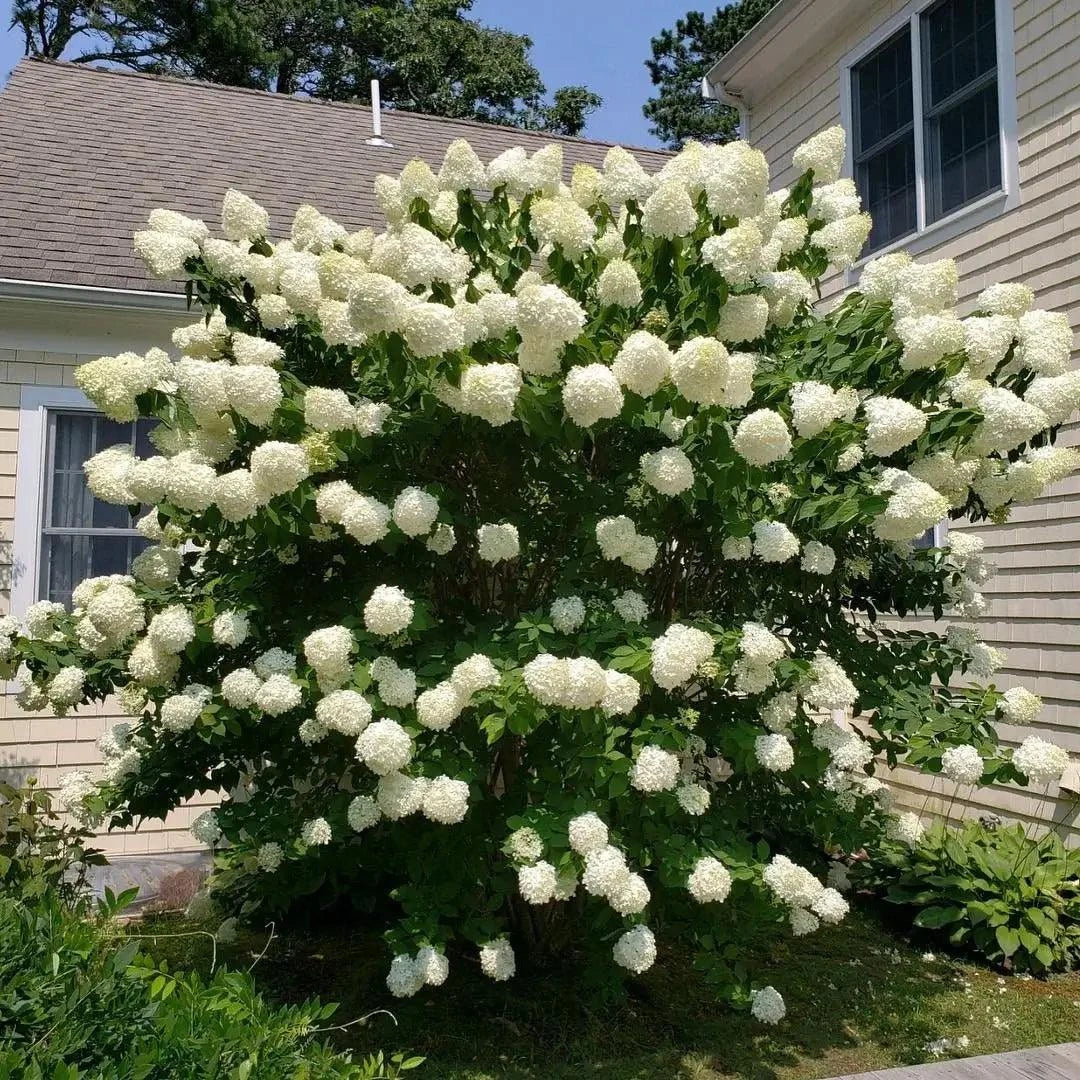Click to call us: 857-504-5117
contact@greenpulselandscaping.com
Click to call us: 857-504-5117
contact@greenpulselandscaping.com


Spring is the perfect time to rejuvenate your garden and prepare it for the growing season ahead. With a few essential landscaping tips, you can ensure your outdoor space flourishes with vibrant colors and healthy plants. Here are some spring landscaping tips to help you achieve a lush and beautiful garden in Massachusetts.
Start by removing debris, such as fallen leaves, dead branches, and old mulch, from your garden beds and lawn. This cleanup allows new growth to emerge and reduces the risk of disease and pests.
Test your soil’s pH and nutrient levels to determine what amendments are needed. Add compost or organic matter to improve soil structure, fertility, and drainage. Proper soil preparation sets the foundation for healthy plant growth.
Prune dead, damaged, or diseased branches from shrubs and trees to encourage new growth and improve overall plant health. Spring is also a good time to shape and trim your plants for a more attractive appearance.
Divide overgrown perennials to promote better blooming and prevent crowding. Replant the divided sections in other areas of your garden or share them with friends and neighbors. This process helps rejuvenate your plants and fills in bare spots in your garden.
Add a burst of color to your garden by planting spring-blooming flowers, such as tulips, daffodils, and crocuses. These flowers thrive in the cool spring weather and provide early-season beauty. Be sure to follow planting depth and spacing recommendations for each type of bulb.

Spread a layer of mulch around your plants to retain soil moisture, regulate temperature, and suppress weeds. Organic mulches, such as wood chips, straw, or shredded leaves, also improve soil health as they decompose.
Apply a balanced, slow-release fertilizer to your lawn and garden beds to provide essential nutrients for healthy growth. Avoid over-fertilizing, as this can lead to excessive growth and increased susceptibility to pests and diseases.
A drip irrigation system delivers water directly to the roots of your plants, reducing water waste and promoting healthy growth. This efficient watering method is especially beneficial during dry periods and helps ensure your plants receive consistent moisture.
Inspect your plants regularly for signs of pests and diseases. Early detection allows you to address issues before they become severe. Use organic or integrated pest management (IPM) techniques to control pests without harming beneficial insects or the environment.
Spring is an ideal time to plan and implement new garden designs. Consider adding new garden beds, pathways, or hardscaping features to enhance the beauty and functionality of your outdoor space. Use a mix of plants with different colors, textures, and heights for a dynamic and attractive garden.
By following these spring landscaping tips, you can create a lush and vibrant garden that will thrive throughout the growing season. If you need professional assistance with your spring landscaping, Green Pulse Landscaping is here to help. Contact us today for expert landscaping services in Massachusetts.